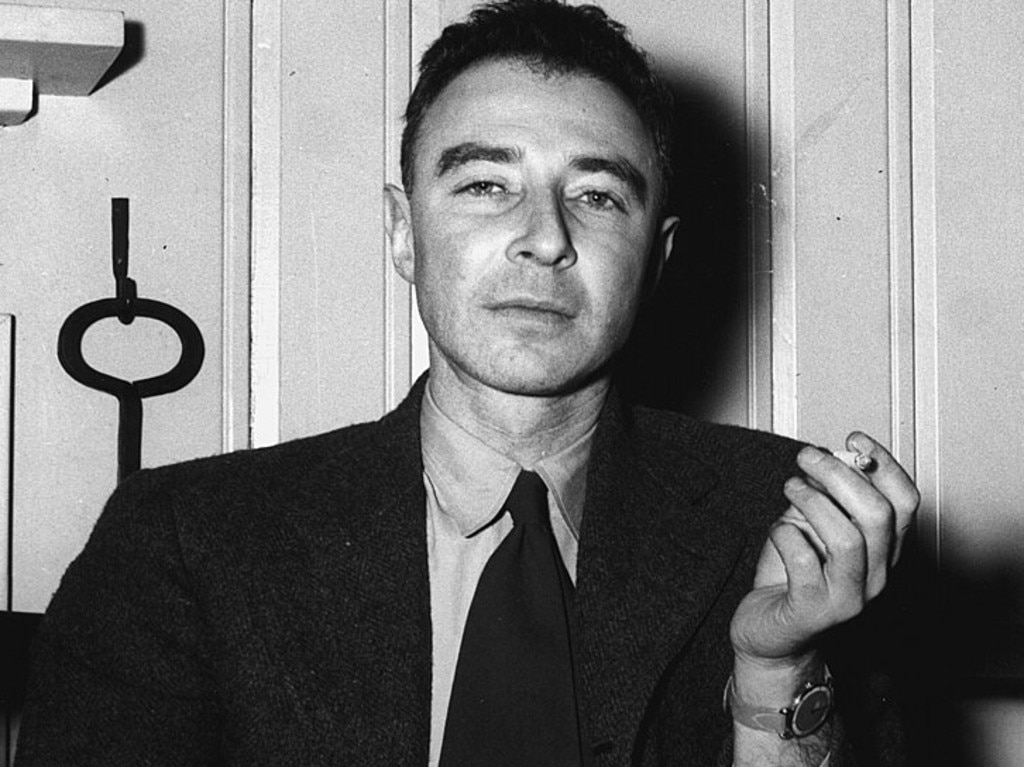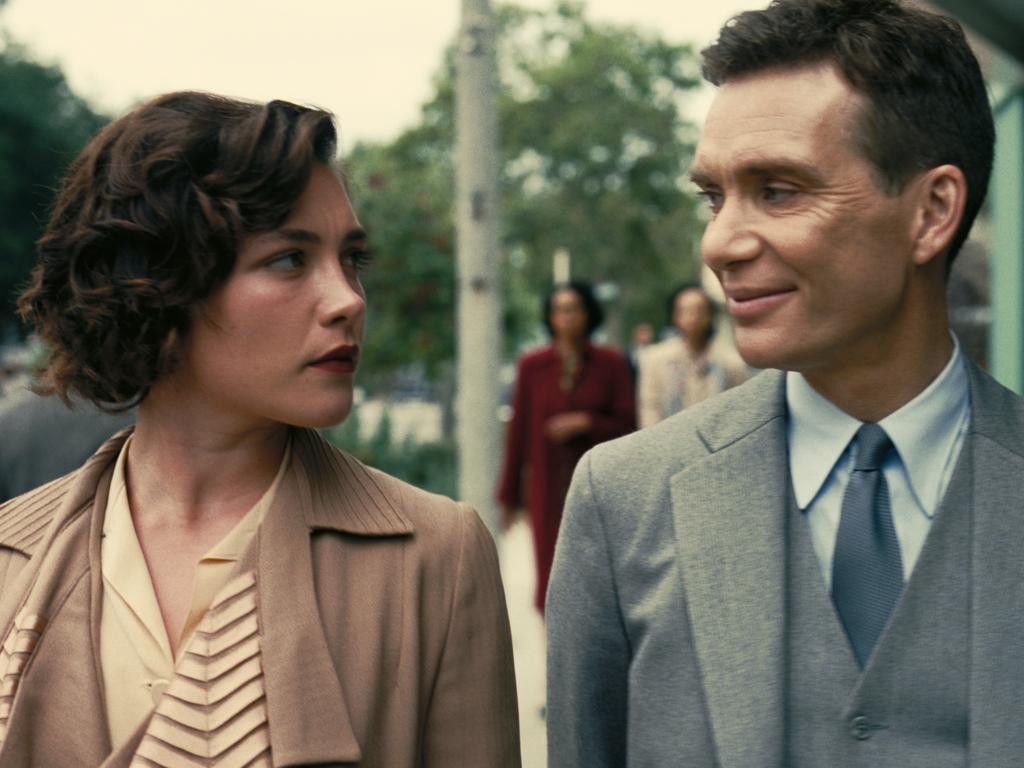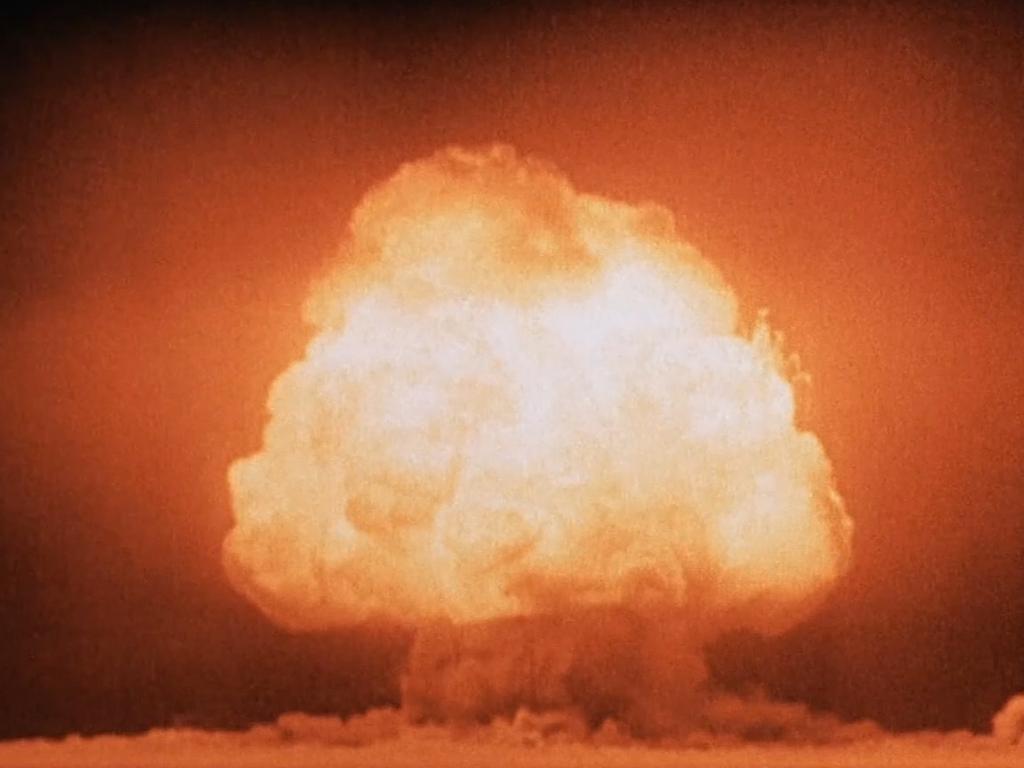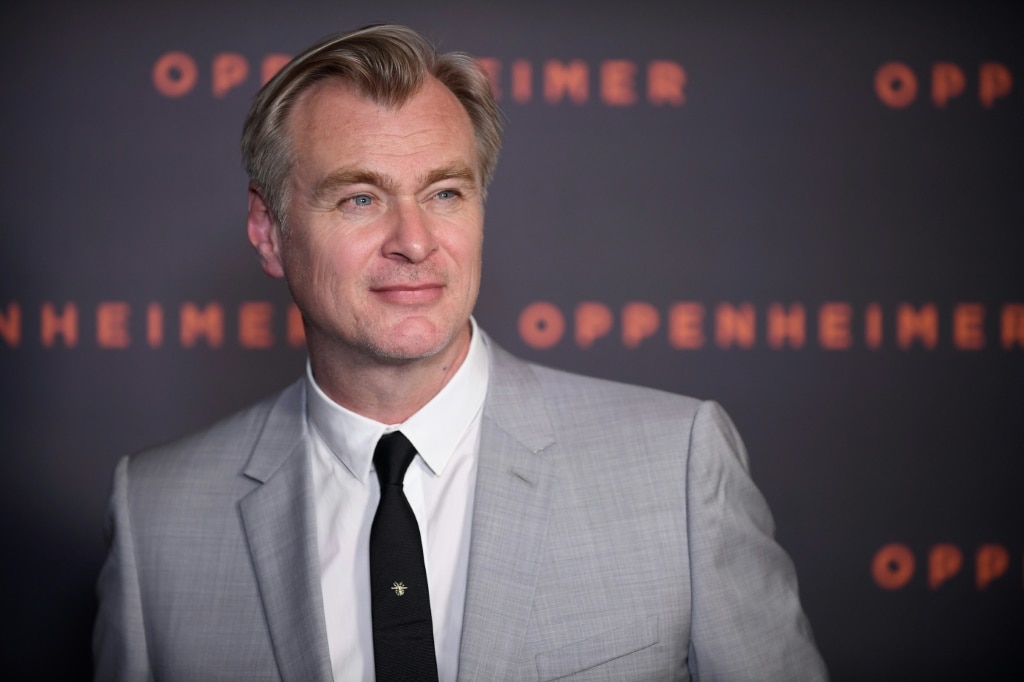Why J. Robert Oppenheimer is ‘the most important man who ever lived’
Physicist J. Robert Oppenheimer changed the course of history by helping to develop the world’s first nuclear bomb.
It cost two billion dollars and took three years of research, but no one knew if the first nuclear bomb would even work.
Sitting in a bunker 20 miles away from the test site in the New Mexico desert in July 1945, its creator, J Robert Oppenheimer, could only watch and pray.
The best case scenario would see the 25-kiloton blast send a mushroom cloud seven miles into the sky, as calculated by his team of experts.


The worst result would set off a chain reaction that would destroy the whole planet.
Now that world-changing moment has been recreated in star-studded movie Oppenheimer by British director Christopher Nolan, best known for making 2008’s The Dark Knight and Inception in 2010.
With a cast including Cillian Murphy, Matt Damon, Emily Blunt, Florence Pugh and Gary Oldman, it delves into the political and sexual intrigue around the “father of the atomic bomb”, who was accused of being a communist threat.
Having overseen the development of the atomic bomb, which would kill an estimated 220,000 people in Japan at the end of World War Two, Oppenheimer went on to speak out against an arms race with Russia.
It has made him a divisive character.

But for Nolan, his impact on humankind is unparalleled.
He said: “Like it or not, J Robert Oppenheimer is the most important person who ever lived. He made the world we live in, for better or for worse.”
Born into a family of German Jewish immigrants in New York City, Julius Robert Oppenheimer grew up in plush homes where paintings by Picasso and Vincent van Gogh hung on the walls.
His incredible intellect, which included speaking six languages, took him first to Harvard University and then to University of Cambridge in the UK.
But there was also a dark side to his character.
One friend, Francis Fergusson, claimed Oppenheimer tried to poison a lecturer at Cambridge by injecting a deadly chemical into an apple.

Fergusson also alleged that his pal attempted to strangle him with a trunk strap during a moment of unprovoked rage.
In 1926 Oppenheimer moved to the University of Gottingen in Germany to learn more about the fledgling field of quantum mechanics, but a year later he returned to the US.
He also took a great interest in women — including those married to his colleagues.
First, Oppenheimer invited the wife of pal Linus Pauling for a romantic tryst, which she turned down.
Then he switched his attention to his student Jean Tatlock, played by Pugh.
Their tempestuous relationship, which is depicted by Nolan’s first ever sex scenes, ended in 1939 and he moved on to scientist Kitty Puening.
He got Kitty pregnant while she was still wed to her third husband Stewart Harrison.
Harrison did not stand in the way of the romance and Oppenheimer married her before their child Peter was born in 1941.
It was a troubled partnership with Kitty preferring to booze and pop pills than become a dedicated mother.
Blunt, who portrays Kitty, said: “She certainly wasn’t reading Good Housekeeping.
“She was like, ‘When can I have a Martini? And when can I pass my children off to someone else?’.”

The other problem was that Kitty was a former member of the Communist Party, as were many of Oppenheimer’s university friends.
That meant he was not being considered for a role in the hush-hush Manhattan Project to build a nuclear bomb.
The US secret services, which had him followed, feared the Left-leaning scientist might hand over information to Communist Russia, even though they were a key ally in the war against Nazi Germany.
Lieutenant General Leslie Groves, who was overseeing the project, knew that Oppenheimer was the most brilliant mind that America had.
And with Germany believed to be two years ahead in the nuclear arms race, he decided to make this potential security threat the director of the top secret Project Y in 1943.
Based at the Los Alamos Laboratory in the New Mexico desert and part of the Manhattan Project, it saw a team of scientists work to build the first nuclear weapon.
Los Alamos was a self-contained town, with wives, children and a church, far from prying eyes.
Oppenheimer was driven by a desire to make sure Adolf Hitler did not get hold of nuclear weapons first.
The scientist had helped fund the rescue of people from Nazi-occupied Europe, where the dictator’s “final solution” is estimated to have claimed the lives of six million Jews.
The real dilemma came when Hitler committed suicide in April 1945, which was followed by Germany’s surrender a month later.
Some of Oppenheimer’s team felt there was no longer a need to develop a weapon of mass destruction.
The new US President, Harry S Truman, disagreed.
He wanted to use the atomic bomb on Japan, which was still at war with the Allies in the Pacific.
Edward Teller, the scientist who went on to develop the far more deadly hydrogen bomb, said that Oppenheimer talked him out of distributing a petition against dropping nuclear weapons on Japanese cities.
Teller admitted to a colleague: “The things we are working on are so terrible that no amount of protesting or fiddling with politics will save our souls.”
Just three weeks after that first successful detonation of a nuclear device at Los Alamos, Truman ordered one named Little Boy to be used on the city of Hiroshima on August 6, 1945.
The Japanese only surrendered after a second bomb, called Fat Man, hit Nagasaki three days later.
The US military argued that the operation saved lives by shortening the war.
Having initially celebrated the success of his creation, Oppenheimer started to feel guilty about the horrific impact of these weapons on innocent civilians.
Survivors reported seeing charred bodies, ripped flesh and skin imprinted with the stripes from clothing.
When Oppenheimer met with Truman in the White House, he said: “Mr President, I feel I have blood on my hands.”
That angered Truman who later described him as a “crybaby scientist”.
The President confidently told Oppenheimer the Russians would not develop their own nuclear weapon.
He was wrong and they detonated their first successful bomb in 1949.
The finger of blame for Russia getting the know-how was sometimes pointed at Oppenheimer, who had on occasion said that America’s Russian allies should be part of the Manhattan Project.
In fact, it was German refugee physicist Klaus Fuchs, whose services had been offered to the US by the British, that was leaking information from Los Alamos to the communists.
Oppenheimer’s continued objections to nuclear arms proliferation led his enemies to plot against him.
He was removed from the US Atomic Energy Commission in 1954 on security grounds and died in 1967 aged 62 from throat cancer.
More than five decades later the debate still rages about whether Oppenheimer was right to construct a weapon that could wipe out humanity.
With Russia’s President Vladimir Putin threatening to use them following his invasion of Ukraine last year the shadow of a nuclear winter has again been cast over the planet.
But others argue that the risk of mutually assured destruction has held nations back from all-out war.
Thomas Mason, the current director of Los Alamos, said: “If you look at all of recorded human history, most of the time, 15 per cent of the population died from violence, from armed conflict.
More Coverage
“Since 1945, it’s been single-digit percentages.
“So Oppenheimer’s dream that war would end did not come to pass obviously, but as horrific as the concept of nuclear destruction is, it has acted as a restraint.”
This story was published by The US Sun and was reproduced with permission





